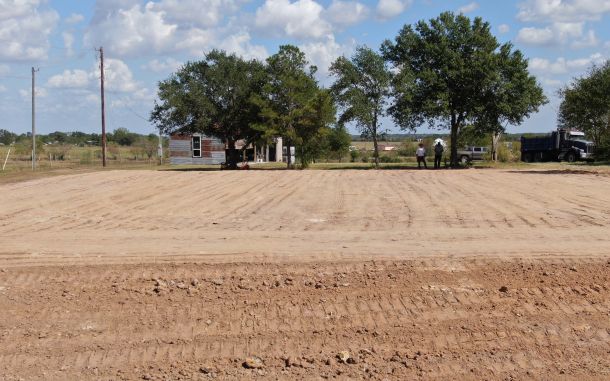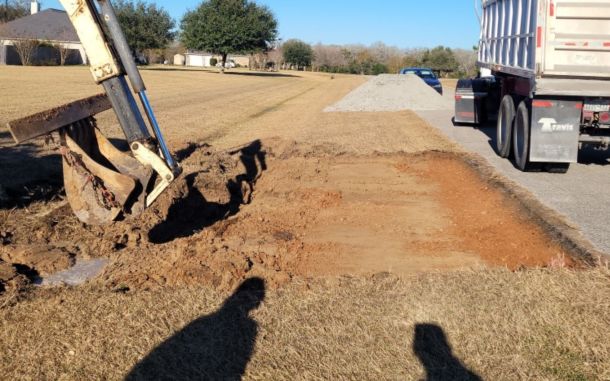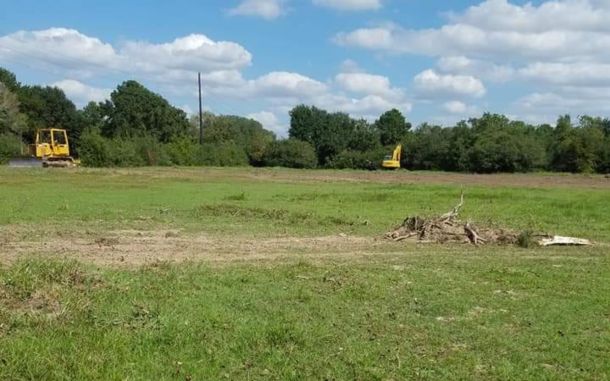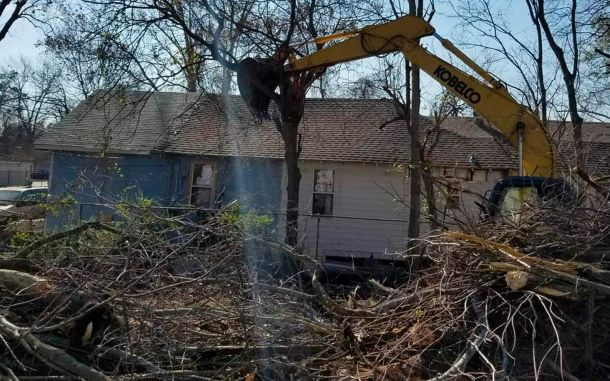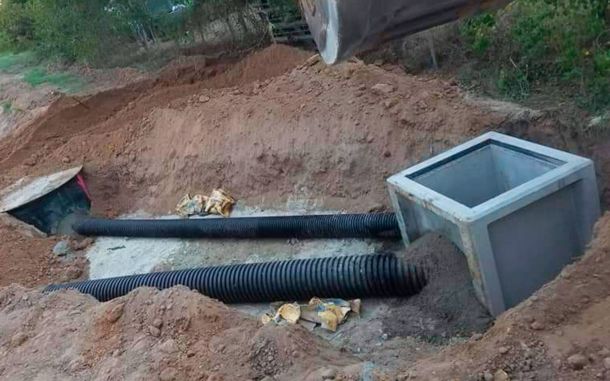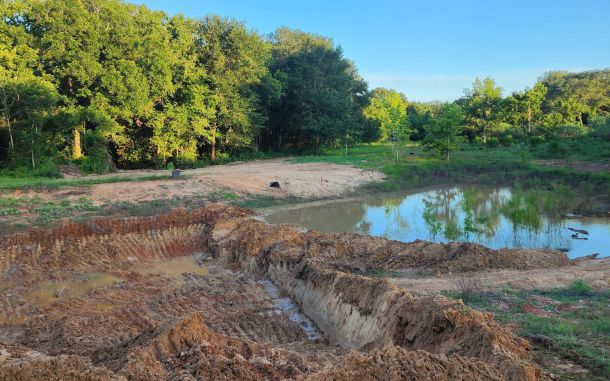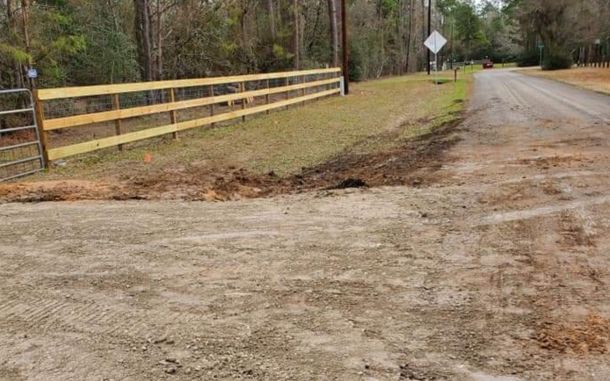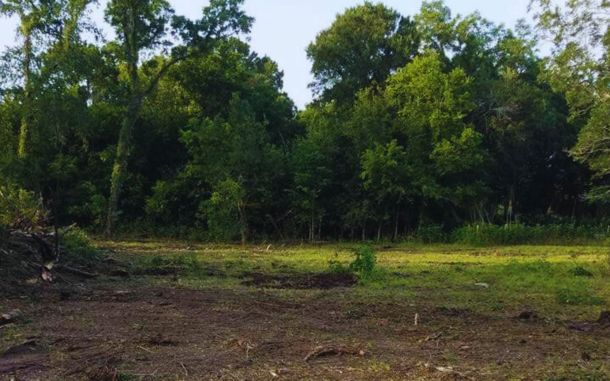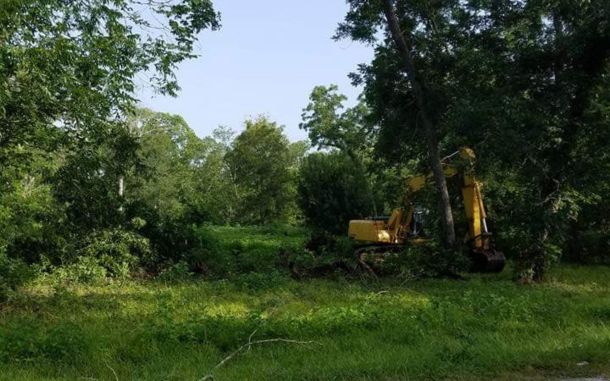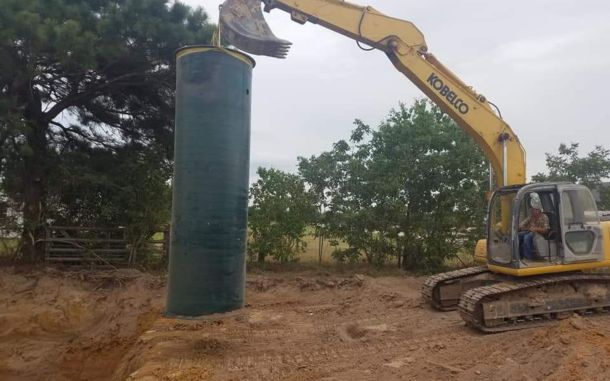From Overgrowth to Open Canvas
Navigating the Benefits and Essentials of Land Cleaning
Embarking on a journey to transform raw land into a blank canvas for development requires a nuanced understanding of the land clearing process. This comprehensive guide aims to illuminate the intricacies of land cleaning, shedding light on its myriad benefits and essential considerations for those venturing into the realm of property development.
- Understanding the Land Clearing Process: Land clearing involves the systematic removal of vegetation, debris, and obstacles from a designated area. This process prepares the land for a variety of purposes, from residential and commercial development to agriculture and infrastructure projects.
- Environmental and Regulatory Considerations: Before initiating land clearing, it's imperative to understand and comply with environmental regulations. Local authorities may have specific guidelines regarding protected species, waterways, and erosion control. Adhering to these regulations not only ensures legal compliance but also promotes responsible land management.
- Selecting the Right Equipment: Choosing the appropriate equipment is crucial for efficient and effective land clearing. Equipment options include bulldozers, excavators, mulchers, and hand tools. The selection depends on factors such as the size of the area, the type of vegetation, and the desired end result.
- Sustainable Land Clearing Practices: Adopting sustainable land clearing practices is integral to minimizing environmental impact. Techniques such as selective clearing, which preserves valuable vegetation, and erosion control measures contribute to responsible land development.
- Professional Expertise and Safety Measures: Engaging professionals with expertise in land clearing ensures a smooth and safe process. Trained professionals can assess the specific needs of the site, implement safety measures, and execute the clearing with precision.
- Waste Management and Recycling: Managing cleared vegetation responsibly involves recycling and repurposing materials. Wood chips, for example, can be reused as mulch or biomass, contributing to sustainable waste management practices.
- Post-Clearing Site Preparation: After clearing the land, proper site preparation is essential for the next phases of development. This may include grading, soil testing, and erosion control measures to create an optimal foundation for construction or landscaping.
Navigating the land clearing process requires a blend of technical know-how, environmental stewardship, and a commitment to responsible development. By understanding the nuances and considerations outlined in this guide, developers can transform untamed landscapes into spaces ripe for their envisioned purpose.
Ready to Transform Your Land? Call VSV Land Clearing Today! For expert guidance on the land clearing process, call VSV Land Clearing at (832) 878-7915. Let us be your partner in turning your land into a canvas ready for the next chapter of development
At V.S.V. Land Clearing, led by the passionate Claudio Perez with over 20 years of experience, we transform lands into dreamscapes. Claudio, utilizing services from Land Consulting to Pond Construction, personally transformed his property into a serene oasis, complete with a home and a beautifully oxygenated artificial lake. Infused with this dedication, our team aims to shape your land's future, turning dreams into tangible realities. Connect with us for a transformative consultation.
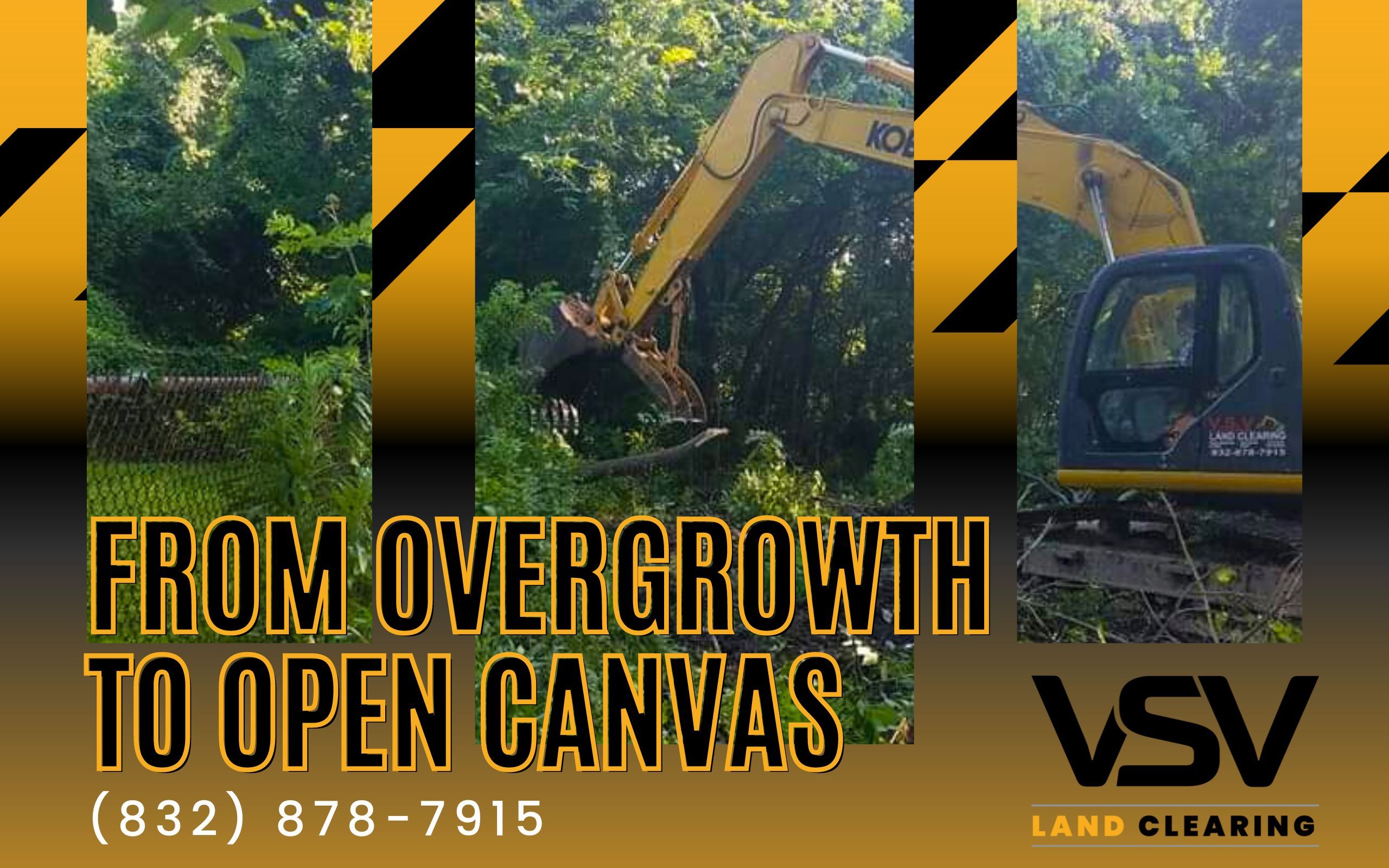
V.S.V. Land Clearing, VSV Land Clearing, Gravel Driveway, Land Clearing, House Pad, Pond Construction, Drainage Control, Pipe Installation, Gravel Parking Lots, Tree Removal, Land Improvements, Excavation & Grading, Brush Removal, Land Consulting, V.S.V. Land Clearing, VSV Land Clearing.
